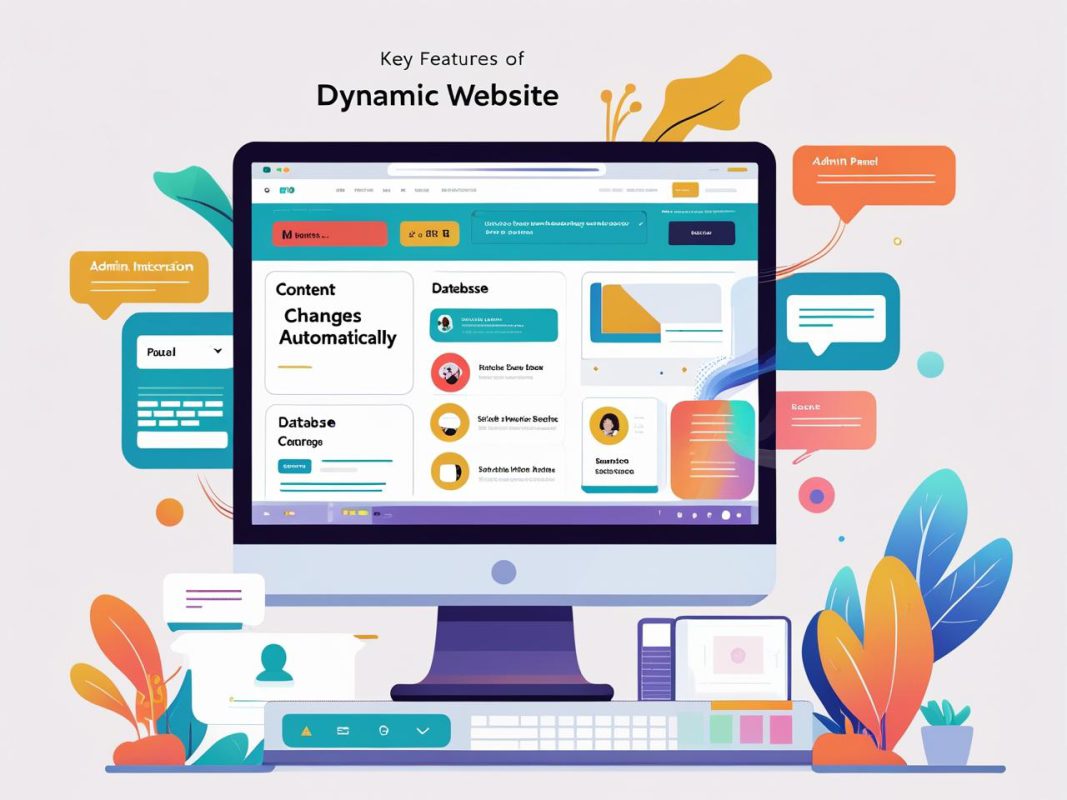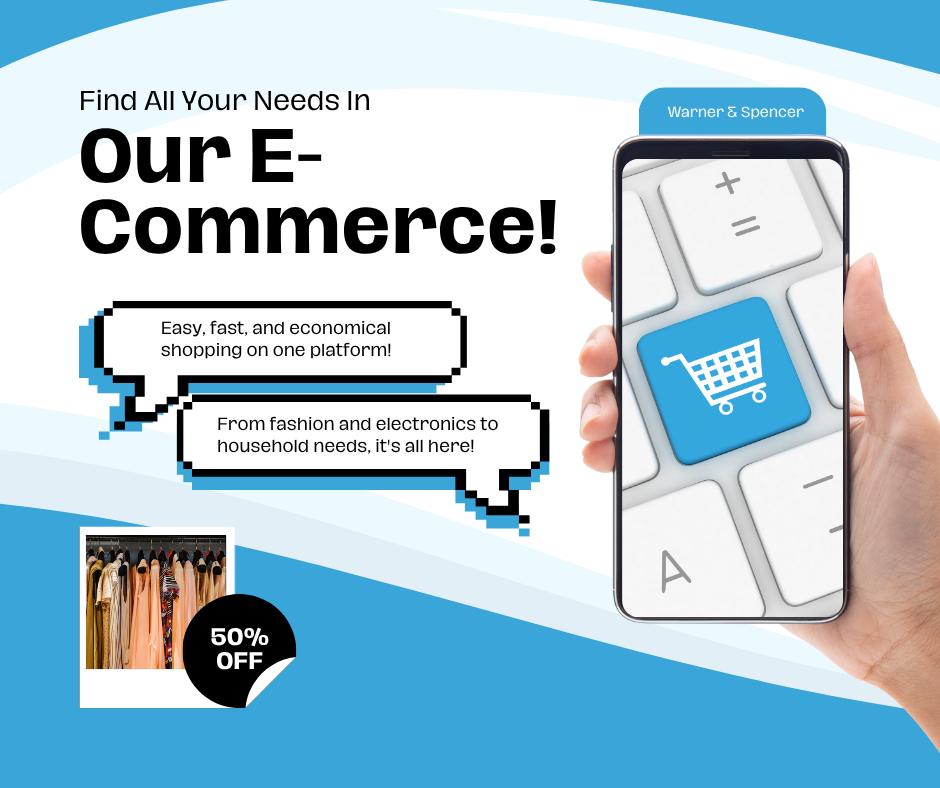website demo



What is a Dynamic Website?
A dynamic website is a type of website that displays different content and allows user interaction based on various factors such as user behavior, time, location, or database inputs.
🔍 Key Features of a Dynamic Website:
Content Changes Automatically
The information on the site can change without manually editing the code.
Example: News websites, blogs, eCommerce stores.
Database Integration
Uses a database (like MySQL) to store and retrieve data.
Example: Product listings, user accounts, bookings.
User Interaction
Users can log in, submit forms, leave comments, or search content.
Example: Social media platforms, job portals.
Backend Languages Used
Common languages: PHP, Node.js, Python, ASP.NET
Combined with front-end technologies like HTML, CSS, and JavaScript.
Admin Panel (CMS)
Admins can update content without coding, using platforms like WordPress, Joomla, or custom CMS.
What is a Static Website?
A static website is a type of website that delivers fixed content to every user. Each page is coded in HTML and displays the same information to every visitor, without using databases or server-side scripting.
🔍 Key Features of a Static Website:
Fixed Content
Every user sees the same content on a page.
Example: “About Us” or “Contact” pages.
Built with Basic Languages
Uses HTML, CSS, and sometimes JavaScript.
No server-side languages (like PHP, Python, etc.).
Fast Loading Speed
Since there are no database queries, pages load quickly.
Low Maintenance
Once built, updates must be done manually in the code.
No need for complex admin panels.
No User Interaction
Usually does not allow login, comments, or forms with logic.
Best for read-only content.
What is an E-commerce Website?
An e-commerce website is a website that allows people to buy and sell products or services online. It works like a digital store where customers can browse products, add them to a cart, and make payments through the internet.
🛒 Key Features of an E-commerce Website:
Product Listings
Displays products with images, prices, and descriptions.
Shopping Cart
Users can add multiple items and review them before buying.
Online Payments
Supports payment methods like credit/debit cards, UPI, net banking, wallets, etc.
User Accounts
Customers can register, log in, track orders, and save wishlists.
Order Management System
Admin can manage orders, inventory, shipping, and returns.
Search and Filters
Helps users find the right products easily.
Security
SSL encryption and secure payment gateways are used to protect customer data.
